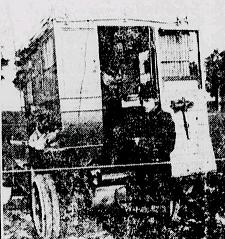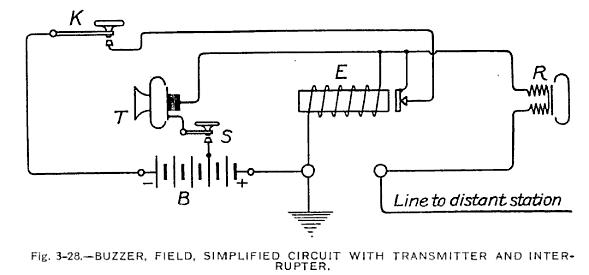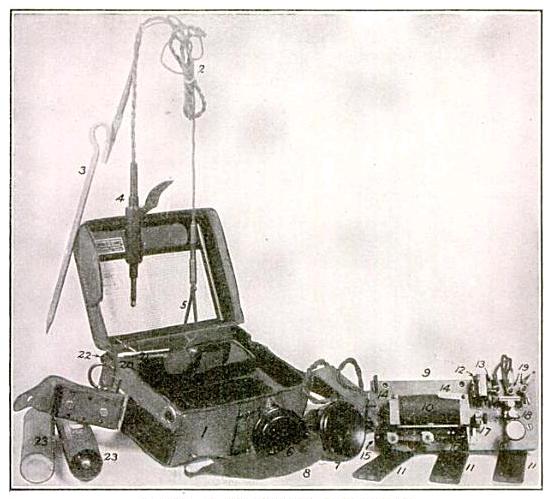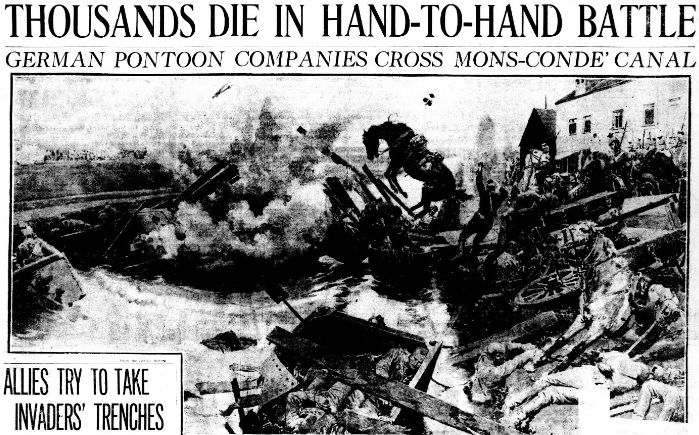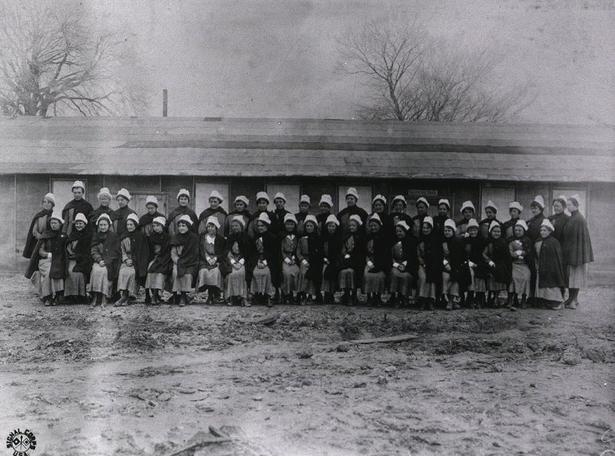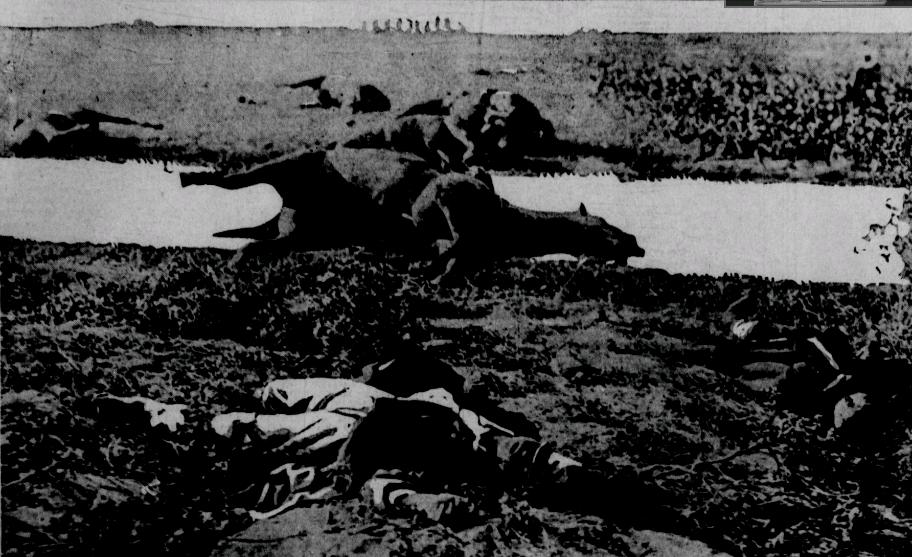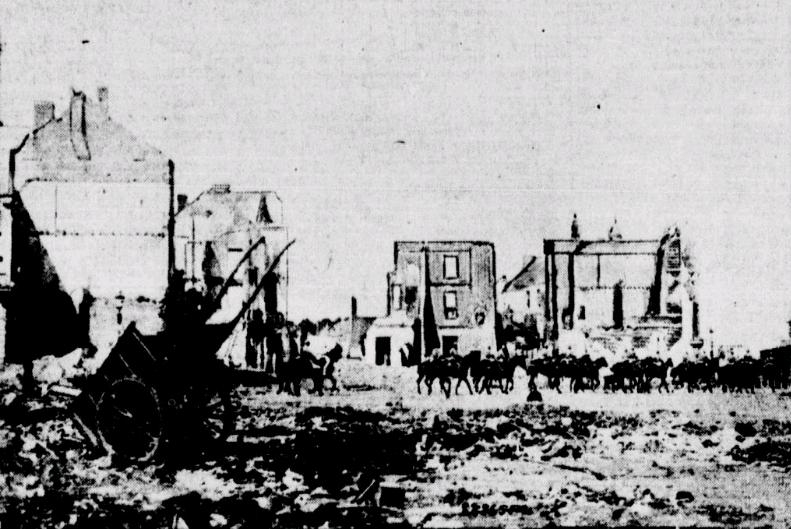A hundred years ago today, the October 1, 1914, issue of the Burlington (Vt.) Weekly Free Press carried a feature explaining how the automobile and aeroplane were revolutionizing warfare in the European war. And the article explains how the wireless telegraph was being used in connection with both. It notes that the most advanced practice was found in the use of automobile wireless outfits, which are in wide use by both the Begian and French armies. Those powerful stations had a transmitting radius of 225-250 miles, and were of infinitely more value than pack sets and cart sets, since the conflicting armies were clashing along such far-flung battle lines.
The article notes that the electricity was generated by the motor of the car, and these portable stations “with all the paraphenalia of electrical communication without wires may be speedily whisked from place to place, and as soon as the telescopic mast which is part of the outfit can be extended and erected the operators can go to work sending and receiving messages.”

